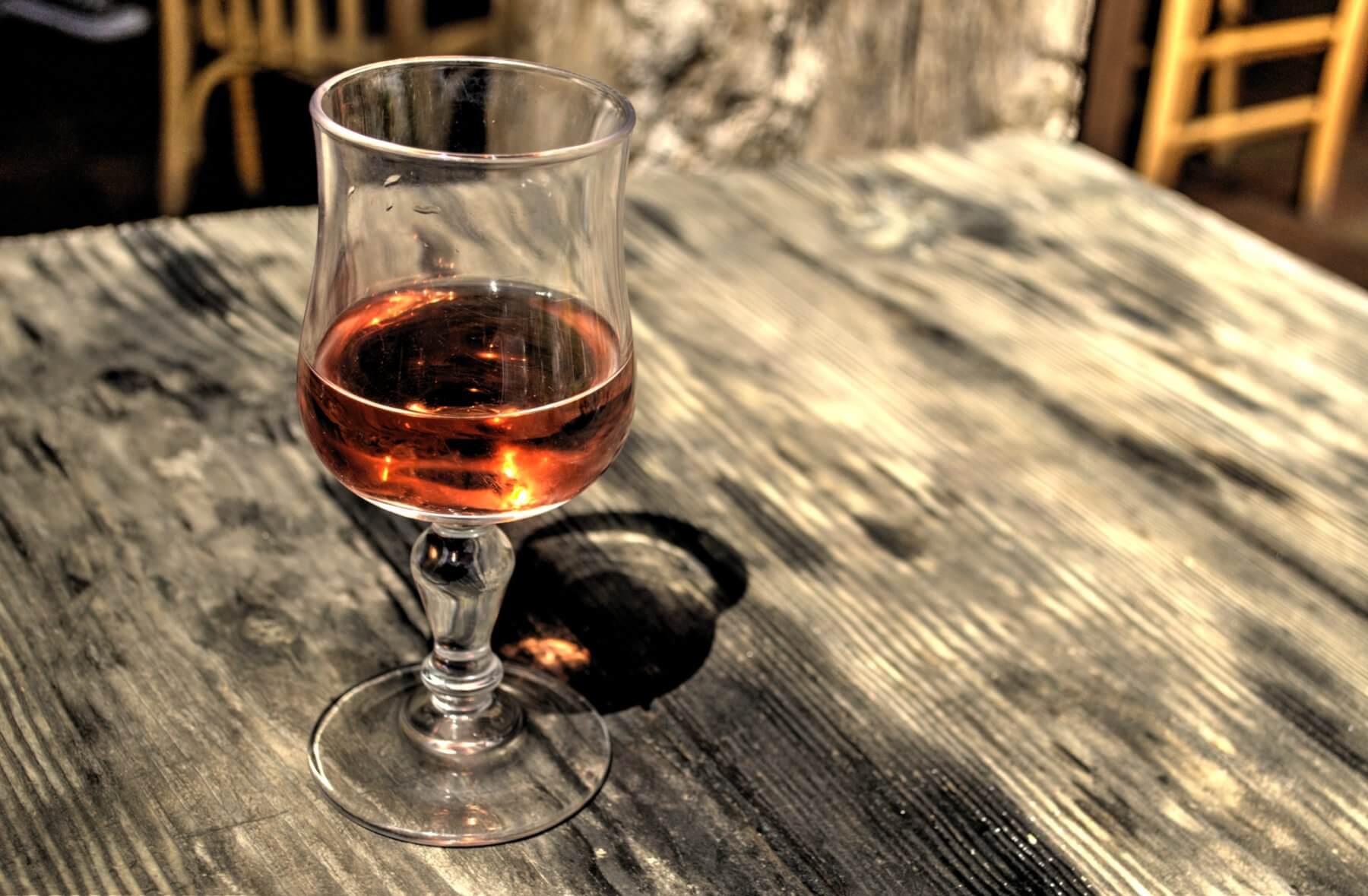Born in Tel Aviv in the sixties, Erez Komarovsky is considered one of the true pioneers of artisan bread-making in Israel. The celebrated chef and baker takes inspiration from his time spent in France and California, but above all draws on the rich melting pot of flavours and ingredients in his native land, and on the nature around him.
Mediterranean Rosés for Summer
By Joe Czerwinski,
Managing Editor RPWA
The idea that rosé wines go with hot weather is certainly nothing new. There’s a natural affinity between a chilled, refreshing glass of rosé and a table of summery salads, a simple dinner of fresh-caught fish and homemade pasta, or even grilled lamb chops and garden-grown vegetables.
These are just three meals to enjoy in the countries and regions adjoining the Mediterranean, many of which produce delicious pink offerings. Moving from west to east, Spain, France, Italy and Greece all boast top-class rosé wines that show remarkable versatility at the table, capable of pairing with a variety of dishes—and delicious on their own as well.

According to Victoria James, author of Drink Pink: A Celebration of Rosé, many of the ancient world’s first wines were rosés — Greek field blends of white- and dark-skinned grapes, pressed together. By the Sixth Century B.C., this tradition had been brought to Provence, and the pink wines of Massalia (Marseille) were famous by Roman times.
Made without the benefits of refrigeration, these early rosés would have been very different from modern-day wines. Probably lower in alcohol and rougher in their tannins, and usually darker in color than the pale pink wines so fashionable today, they nevertheless established a Mediterranean tradition of rosé production and culture that persists to the present.
Modern rosé production centers on the use of red-wine grapes and limiting the time that the must remains in contact with the pigment-containing skins, however there are myriad ways of making this happen. For most rosé wines, that time can vary from between 6 and 48 hours, depending on the goals of the winemaker and the grape variety (or varieties). This short, usually refrigerated maceration extracts only a small portion of the pigments and flavonoids from the skins, leaving the resulting must pink in hue. The must is then fermented, often at cool temperatures, using yeasts adapted to such conditions.

Less commonly, dark-skinned grapes can be pressed immediately and the resulting juice (sans skins) fermented—a so-called blanc de noirs. Alternatively, tanks of must destined for red wine can be bled of excess liquid after a short maceration to increase the red wine’s concentration and the bled must fermented to produce rosé (the saignée method). Perhaps the most obvious way of making rosé—blending red and white wines—is prohibited in almost all quality-focused European wine regions.
The vast majority of rosé wines made today are fermented and briefly matured in stainless-steel tanks, but a few high-end examples are matured for longer periods of time in oak barrels, and sometimes even barrel-fermented. While for most rosé wines, consumers will want to seek out the previous year’s vintage (2020), these wood-aged examples are typically released a year later, which would mean for most that the 2019s are the vintage currently on the market.
At Robert Parker Wine Advocate, our reviewers taste thousands of wine every month. Here are some of our favorite rosés. Enjoy!
Spain
RPWA Spanish reviewer Luis Gutiérrez’s top-scoring rosés all fall into the wood-aged category, with several coming from the northern regions of Ribera del Duero and Rioja. The Rioja spent four years in oak and then another several in the bottle prior to release! The most Mediterranean of the bunch comes from the husband-and-wife team of René Barbier (Clos Mogador) and Sara Pérez (Mas Martinet) in Priorat, close to the border with France. Made using the direct-press method from Garnacha, Monastrell and Cariñena and fermented in older wood, it’s a pale, crisp rosé that’s very much akin to a white wine in character.
France
Provence has become virtually synonymous with rosé. While I’ve been critical of the region in the not-too-distant past—sometimes accusing producers of unfettered greed and a lack of concern for quality—I’m happy to say that my reviews from the 2020 vintage are generally positive. Growing conditions the past two vintages have been excellent, so that always helps.
The dominant grape varieties across Provence are Grenache and Cinsault, but regulations allow a dizzying array of other varieties in lesser amounts, including the white varieties of Sémillon and Rolle, better known as Vermentino, so long as they’re blended at the vat, not following fermentation. Mourvèdre is an important dark-skinned adjunct (and the primary variety in Bandol), as is Syrah. Cabernet Sauvignon plays a lesser role, but its leafy character when picked early can easily dominate a rosé; it’s more common in the warmer parts of the Coteaux d’Aix.
Italy
In recent years, Italy has returned to a tradition of rosato wines with renewed intensity and interest. Rosato is historically important to wine appellations in Puglia (where some of Italy’s first rosés, such as the Leone de Castris Five Roses— a blend of Negroamaro and Mavlavia di Lecce—were born), Lake Garda, and Abruzzo (where Cerasuolo d’Abruzzo is made from the Montepulciano variety).
There is a strong case to be made that rosato has moved to a whole new and exciting level, with some of the excellent wines made from mineral-rich volcanic or quartz-based Dolomitic soils taking charge. Here are some of my favorites, starting with an aged pink sparkling wine from Trento. —Monica Larner, Italian Reviewer RPWA
Greece
The diversity of Greece’s indigenous grape varieties and grape-growing terroirs makes it impossible to generalize about Greek rosés. But whether a briny, crisp wine from an island, or a more savory, earthy example from the north of the country, they’re all likely to pair well with the typical dishes of the Mediterranean basin. —Mark Squires, Greek Reviewer RPWA
For more wine reports and reviews check out the Free Trial subscription on Robertparker.com
Joe Czerwinski












